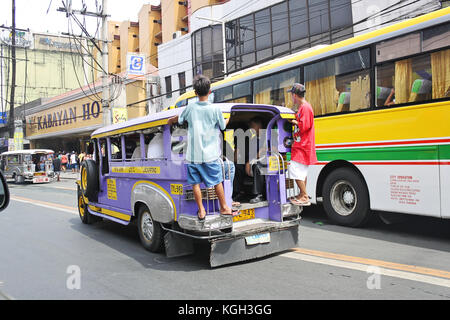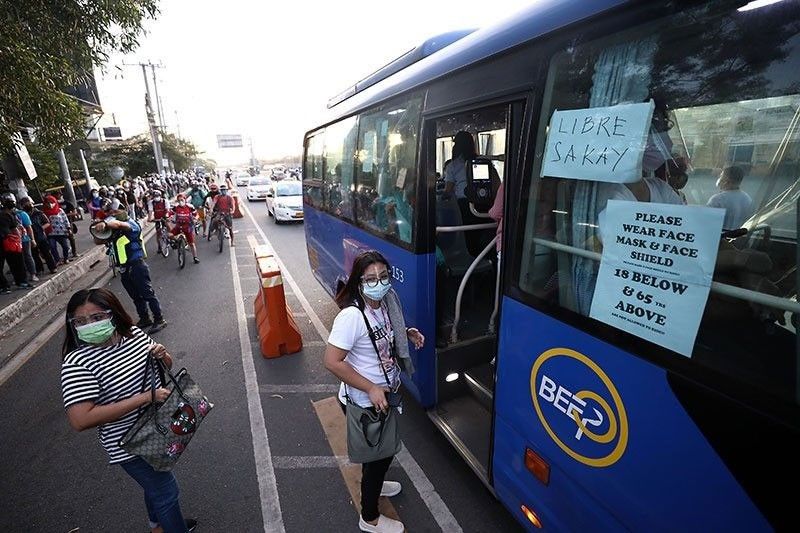Just How Transportation Marketing Can Change Public Transportation Spaces Into Dynamic Advertising And Marketing Operatings Systems
Transportation marketing holds considerable possibility to redefine public transport rooms right into vivid advertising platforms that notify and engage. As we discover the complex advantages and advancing approaches of transportation advertising, it raises the question of how this makeover might redefine our interactions with both brand names and the city atmosphere.
Advantages of Transportation Marketing

In addition, transportation marketing is very economical compared to standard media. It permits marketers to achieve high impacts at lower costs, making the most of roi. The captive audience of travelers offers an opportunity for brands to communicate their messages to individuals who are typically responsive throughout their travel times.
In addition, the vibrant nature of transit advertising and marketing permits projects to be updated regularly, ensuring that messaging stays timely and relevant. This versatility can be important in responding to market trends or advertising occasions, keeping the brand name top-of-mind for consumers. Lastly, the pervasive presence of transportation advertising adds to brand recall; repeated exposure within acquainted travel contexts reinforces brand name awareness and promotes customer commitment, inevitably improving and driving sales brand name credibility.
Types of Transit Advertising And Marketing
Mass transit systems offer different layouts for advertising and marketing, each dealing with different advertising techniques and audience interaction techniques. One noticeable kind is external bus and train covers, which cover the whole vehicle and create a mobile billboard impact, permitting high visibility in metropolitan settings. These covers can record focus as they go across hectic roads, getting to a diverse audience.
Another popular style is interior marketing, that includes posters, digital screens, and advertisements on transportation seats. These placements involve guests during their journey, strengthening brand messaging in a constrained room. Digital shows, in particular, offer the benefit of dynamic web content, making it possible for advertisers to update messages in real-time.
Terminal marketing is also considerable, featuring posters, banners, and interactive kiosks within transportation stations. These ads take advantage of foot website traffic and can target certain demographics based on area.
Lastly, promotional partnerships with transit authorities can lead to one-of-a-kind projects, such as themed transportation experiences or events, enhancing the total interaction with travelers. Each kind of transportation marketing supplies unique benefits, permitting brand names to customize their approach to efficiently reach their target audience within the general public transportation ecosystem.
Engaging Travelers Successfully
Travelers are significantly swamped with advertising and marketing messages during their everyday travels, making it necessary for brands to engage them in cutting-edge ways. To record focus in this jampacked space, advertisers have to focus on creativity and relevance. Utilizing attractive visuals and concise messaging can substantially boost the likelihood of interaction.
Interactive aspects, such as QR codes or increased reality functions, can likewise change static advertisements into immersive experiences, promoting a much deeper connection with the audience. Brand names must focus on addressing commuters' passions and demands, customizing messages to reverberate with their way of life, whether through promos for regional services or services created to boost their commuting experience.
Additionally, timing plays a vital duty; purposefully positioning advertisements throughout optimal travelling hours can optimize presence and influence. Involving travelers successfully additionally includes leveraging social networks combination, enabling guests to share their experiences or promos straight from transportation systems, therefore intensifying brand name reach.
Basically, efficient engagement depends upon recognizing the traveler journey you can find out more and developing engaging, interactive, and relevant advertising experiences that not only record interest however likewise drive activity and commitment. By doing so, brand names can change mass transit into a dynamic advertising platform that resonates with its target market.

Measuring Advertising Influence
How can brands accurately analyze the efficiency of their ad campaign in transportation environments? Determining the effect of transit advertising and marketing needs a multifaceted strategy that combines quantitative and qualitative metrics. One common technique is tracking interaction via mobile analytics, where brands can evaluate foot traffic patterns and application interactions in the past, during, and after projects.
Surveys can give valuable understandings into brand recall and customer sentiment, enabling brands to gauge how well their messages resonate with travelers. Additionally, monitoring social media engagement associated to specific campaigns can expose changes in public assumption and brand discussion.

Moreover, teaming up with transit firms can enhance measurement accuracy, as they typically have thorough group data on ridership patterns. By incorporating these approaches, brands can establish a detailed understanding of their advertising efficiency, ensuring that their campaigns not just get to however additionally impact their target audiences properly.
Future Trends en route Advertising
A substantial change is prepared for in transportation marketing as technical improvements and altering consumer habits reshape the landscape. Transit Advertising Philippines. The combination of interactive media and digital displays is expected to enhance engagement, enabling brand names to supply dynamic web content that resonates with diverse target markets. other As public transport systems embrace clever technology, marketers will certainly take advantage of real-time data analytics to tailor messages based upon traveler demographics and habits
Moreover, boosted truth (AR) is poised to reinvent the method commuters connect with ads. By offering immersive experiences, AR can transform an ordinary journey right more into an appealing narrative that records interest and fosters brand loyalty. This innovation will likely urge advertisers to create even more experiential campaigns that drive consumer interaction.
Sustainability is an additional critical pattern affecting transit advertising and marketing. As environmental consciousness expands, brand names will significantly look for to straighten with environmentally friendly practices, utilizing lasting products and promoting environment-friendly efforts within their projects.
Conclusion
In verdict, transportation marketing uses significant advantages by enhancing brand visibility and involving a captive audience. As trends develop, the potential for cutting-edge interactions between brands and commuters is poised to grow, ensuring that transit advertising remains an important element of contemporary marketing strategies.
Transit advertising holds substantial possibility to redefine public transport rooms right into lively marketing platforms that engage and inform. The pervasive presence of transit marketing contributes to brand recall; duplicated exposure within familiar traveling contexts strengthens brand understanding and cultivates consumer loyalty, inevitably improving and driving sales brand online reputation.
Exactly how can brands precisely examine the performance of their advertising and marketing projects in transportation atmospheres?In conclusion, transportation marketing supplies substantial benefits by boosting brand name exposure and involving a captive audience. Transit Advertising Philippines. As patterns evolve, the possibility for cutting-edge communications between brands and travelers is poised to expand, making sure that transportation advertising continues to be a vital element of modern advertising and marketing techniques